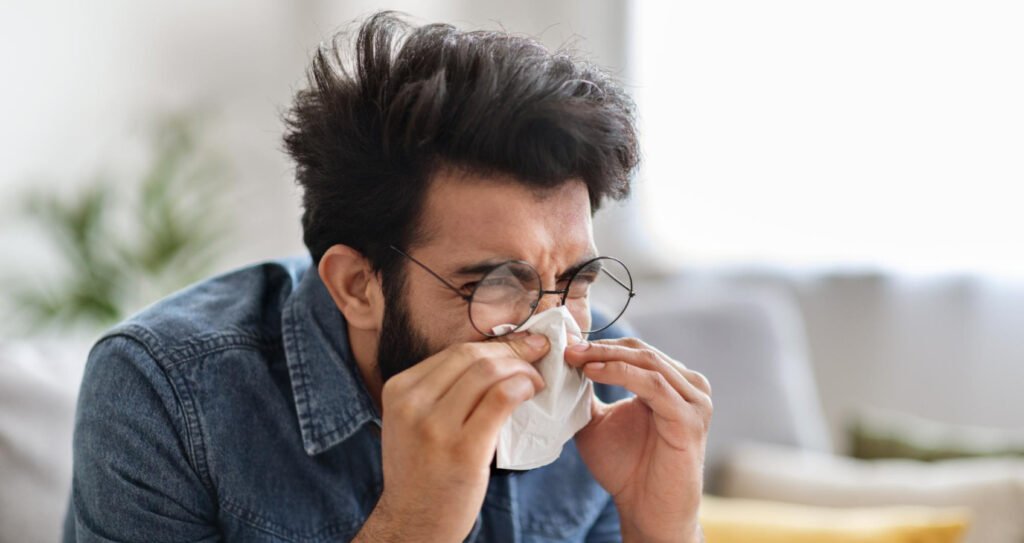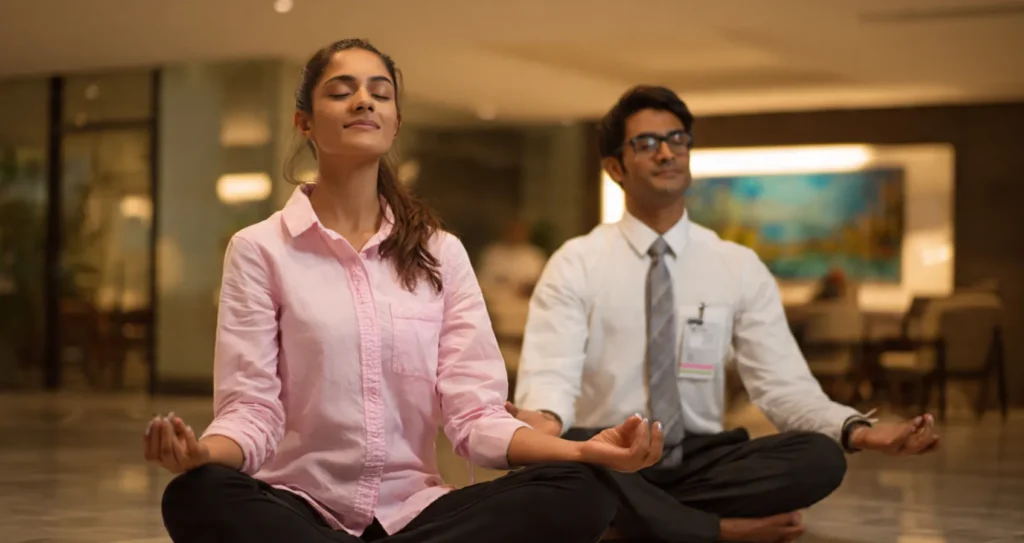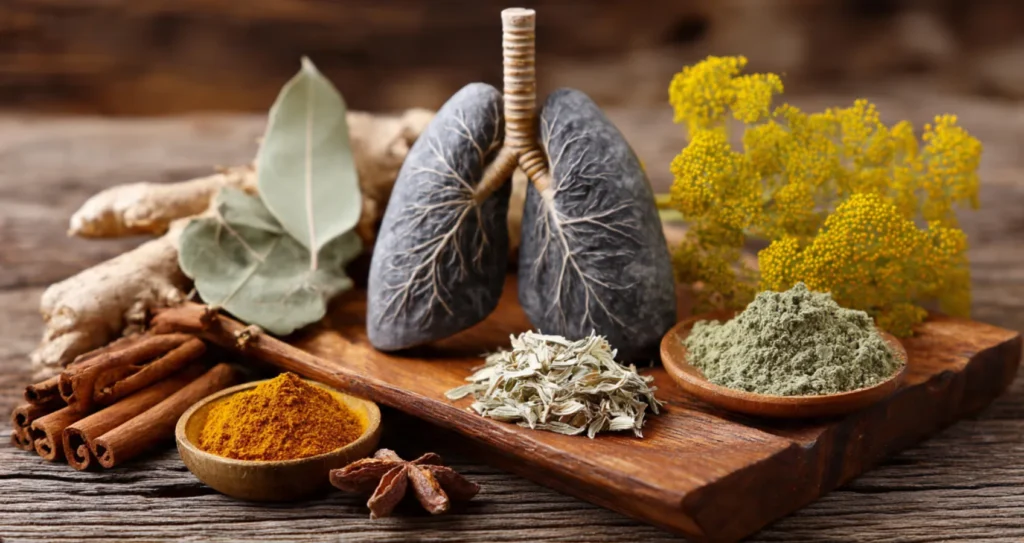As weather shifts, respiratory congestion can become a common issue. Ayurvedic breathing therapies like Nadi Shodhana and Ujjayi breath help balance energy and enhance lung capacity. Techniques such as Kapalabhati invigorate the respiratory system, while Bhramari relieves tension with sound vibrations. Incorporating herbal remedies like turmeric and eucalyptus supports lung function and immune health. Simple lifestyle adjustments, including hydration and regular activity, can further promote respiratory wellness. If symptoms persist, seeking care at an Ayurvedic hospital in Bangalore can provide holistic guidance tailored to individual needs.
Understanding the Ayurvedic Perspective on Respiratory Health
Ayurveda approaches respiratory health as a holistic integration of body, mind, and spirit, emphasizing the balance of the doshas—Vata, Pitta, and Kapha. This ancient system recognizes that respiratory conditions are often linked to imbalances within these doshas, affecting not only physical health but also emotional and mental well-being. The Ayurvedic perspective advocates for personalized treatments that address the unique constitution of each individual, harnessing natural remedies, dietary adjustments, and lifestyle changes. By understanding the interconnectivity of bodily systems, Ayurveda seeks innovative solutions to enhance respiratory function. This approach champions the use of herbal formulations and therapeutic practices that promote energy and resilience, ultimately fostering a harmonious state conducive to ideal respiratory health and overall wellness. Treatments like rejuvenation treatment in Ayurveda in Jaya Nagar are especially effective in restoring vitality and balance.
Pranayama: The Art of Breath Control
Pranayama, a fundamental practice within yoga, emphasizes the importance of breath control in enhancing physical and mental well-being. This ancient technique involves various methods that regulate the breath, fostering a deeper connection between the mind and body. By manipulating inhalation, exhalation, and retention, practitioners can cultivate a profound sense of calm and clarity. Pranayama is not merely a tool for relaxation; it serves as a gateway to revealing creativity and focus. In an era where innovation is paramount, individuals can harness the transformative power of breath control to navigate life’s challenges more effectively. This practice invites a fresh perspective on holistic health, bridging the gap between traditional wisdom and modern wellness strategies, thereby encouraging a more balanced lifestyle.
Simple Ayurvedic Breathing Techniques to Clear Congestion
Numerous simple breathing techniques can effectively alleviate congestion and promote respiratory health. One such method is Nadi Shodhana, or alternate nostril breathing, which balances the body’s energies and clears nasal passages. Another innovative approach is the Ujjayi breath, characterized by a gentle constriction of the throat to create a soothing sound, enhancing lung capacity and promoting relaxation. The Kapalabhati technique, involving rapid exhalations and passive inhalations, invigorates the respiratory system while expelling excess mucus. Additionally, the Bhramari, or humming bee breath, utilizes sound vibrations to relieve tension and open airways. Each of these techniques not only addresses congestion but also fosters a deeper connection between breath and well-being, embodying the essence of Ayurvedic wisdom in modern practice.
Herbal Remedies to Support Breathing and Immunity
A variety of herbal remedies can greatly enhance respiratory health and boost immunity. Ingredients like turmeric, renowned for its anti-inflammatory properties, can support lung function while simultaneously fortifying the immune system. Eucalyptus oil serves as a natural decongestant, promoting clearer airways and facilitating easier breathing. Additionally, the adaptogenic herb Ashwagandha helps the body adapt to stress, potentially improving overall respiratory efficiency. Licorice root, with its soothing properties, can alleviate throat irritation and support mucosal health. Incorporating these herbs into daily routines, whether through teas, tinctures or supplements, presents an innovative approach to respiratory wellness. For a more structured and holistic approach, one may consult a NABH Ayurvedic Panchakarma clinic in Bangalore, where treatments focus on deep cleansing and long-term lung health.
Lifestyle Tips for Maintaining Respiratory Wellness
Maintaining respiratory wellness requires a holistic approach that integrates several lifestyle practices. Individuals seeking innovative strategies can benefit from incorporating regular physical activity, such as yoga or brisk walking, to enhance lung function and oxygen flow. A balanced diet rich in antioxidants—found in fruits and vegetables—can support immune health and reduce inflammation. Additionally, practicing pranayama or controlled breathing techniques, can strengthen respiratory muscles and improve lung capacity. Staying hydrated is essential, as it helps thin mucus and promotes easier breathing. Moreover, minimizing exposure to pollutants and allergens through air purification systems and regular cleaning can create a healthier environment. Finally, prioritizing adequate sleep enables the body to repair and rejuvenate, fostering overall respiratory health.
Frequently Asked Questions
- Can Ayurveda Help With Seasonal Allergies Affecting Breathing?
The question of whether Ayurveda can assist with seasonal allergies affecting breathing invites exploration into holistic approaches. Ayurveda emphasizes balance and considers individual constitution. Through herbal remedies, dietary adjustments and breathing exercises, it aims to strengthen the respiratory system and alleviate allergy symptoms. Innovative practices, such as pranayama, can enhance lung capacity and reduce congestion, demonstrating Ayurveda’s potential in managing seasonal allergies. This ancient system offers a unique perspective on contemporary health challenges.
- How Long Should I Practice Breathing Techniques Daily?
The ideal duration for practicing breathing techniques daily can vary based on individual preferences and goals. Experts suggest starting with 10 to 15 minutes, gradually increasing to 30 minutes as comfort and proficiency develop. Regular practice enhances respiratory function and promotes mental clarity. Innovative approaches, such as integrating technology or guided sessions, can also augment the experience. Ultimately, consistency is key, allowing practitioners to reap the full benefits of these transformative techniques.
- Are There Any Specific Diets to Support Respiratory Health?
Diet plays an essential role in supporting respiratory health. Incorporating anti-inflammatory foods, such as leafy greens, berries and omega-3 rich fish, can enhance lung function. Additionally, staying hydrated with herbal teas and avoiding processed foods may further benefit respiratory wellness. Certain spices, like turmeric and ginger, possess properties that can help reduce inflammation. Adopting a balanced, nutrient-rich diet fosters ideal respiratory function and overall vitality, encouraging innovation in health and wellness practices.
- Can Children Practice Ayurvedic Breathing Techniques Safely?
Children can safely practice Ayurvedic breathing techniques, provided they are guided by an experienced instructor. These practices can enhance respiratory health, promote relaxation, and improve focus. The techniques should be adapted to suit the child’s age and developmental stage, ensuring they are engaging and enjoyable. Incorporating playful elements can make the experience enriching, fostering a positive relationship with mindfulness and self-regulation from an early age while supporting overall well-being.
- What Are the Signs That Breathing Exercises Are Working?
The signs that breathing exercises are effective can be observed through various physiological and emotional changes. Enhanced lung capacity, improved energy levels, and a significant reduction in stress are key indicators. Additionally, individuals may notice an increased sense of calm and clarity, as well as better focus and emotional stability. Regular practice may also lead to improved sleep quality and a heightened awareness of one’s body, reflecting the transformative potential of these innovative techniques.












